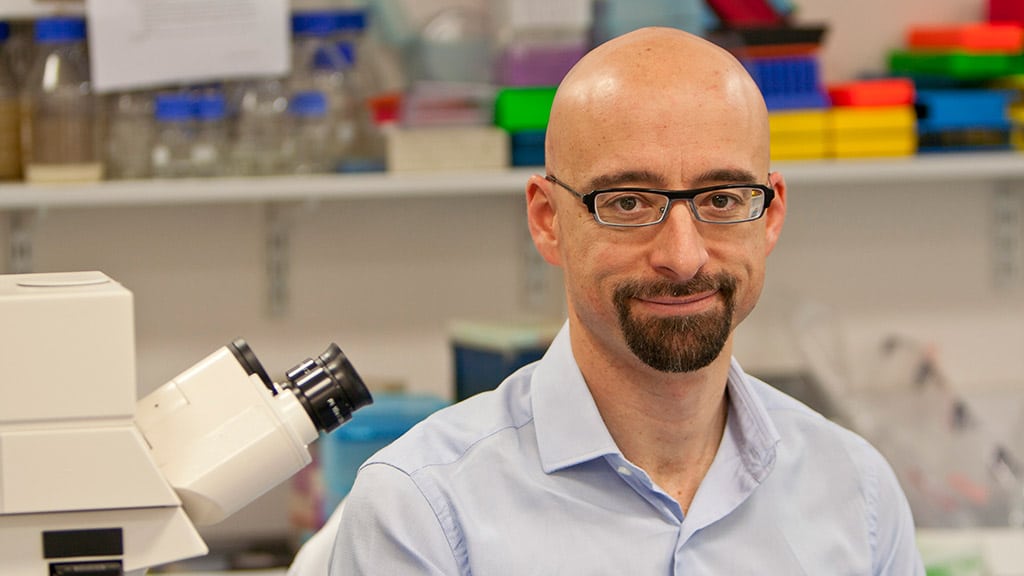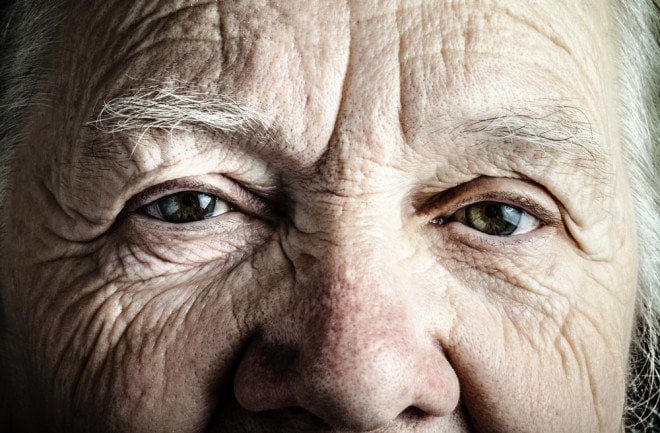Over the past decade, the quest to prolong human life and make it healthier has found a new hero in recent years: Senolytic drugs. These drugs have the potential to eradicate the damaged cells that accumulate in our bodies as we age, halting diseases associated with that process, from Alzheimer's to cancer.
Until recently, however, no sanolytic drug was precise enough: those developed certainly attacked the "bad" cells, but they probably also affected the good ones.
Make way for the second generation

Last month, scientists at the Universities of Cambridge and Leicester designed a type of antibody that can attach to specific proteins on the outside of cells (I told you about it here). This leaves very little chance of side effects. Each “senolytic” antibody is essentially a protein-seeking missile, loaded with toxins. It settles in, “and once it gets in, it explodes,” he says Salvador Macip, the lead researcher of the team. “That's why we call it a smart bomb.”
Since this advance (last month, I repeat) a test on humans, or even on animals, has not yet been developed. Macip's research, however, brings medicine closer to addressing what appears to be the main cause of age-related conditions. Even if it is unlikely that we will ever be able to defeat death, this sanolytic approach could help us to prolong it (even by a lot) and to end it with the mind and body still functioning well.
A few words about senescent cells
Cells age. They get hurt and stop producing more cells. This is what we call senescence. This helps them stay healthy and prevents bad things like cancer from happening: but even though the senescent cells are “dead,” they are still active in another sense. Scientists often compare them to zombies: dead but dangerous. They continue to emit chemicals that cause inflammation and can cause other cells to die too. When our immune system works well, it kills these bad cells before they do any more damage. Sometimes, however, the immune system no longer works so well: this is why experts believe that this proliferation of senescent cells is responsible for many of the diseases of old age.
Scientists, in summary, have found that when a senolytic is used to treat certain diseases, it can make them go away. And not just: already in the 2011 Mayo Clinic researchers in the US treated cataracts, muscle degeneration and fat loss using first generation senolytics. What will we see with the second generation ones?
A Senolytic Future: What's Changing in the War on Aging

The challenge of designing treatments that will attack only the right cells has not gone away with new antibodies. That's because any target that a sanolytic might latch onto (in this case, a surface protein) likely exists in healthy cells and throughout the body. To avoid this “friendly fire,” Macip suggests future researchers use two, three or more markers. This way there will be less chance of confusion. Separate antibodies could be designed for each marker and only when they are all "hooked" will the finolytic do its job.
However, this will be a problem for the third and fourth generations of these drugs. Macip hopes so: “within the next decade we may see one or more targeted sanolytics reach studies.” He and his colleagues are not the only ones working on this problem: another team of researchers, led by the Cambridge oncologist Daniel Muà ± oz-EspÃn, made his breakthrough last year with a senolytic treatment for cancer which seems to do its duty with more attention than its predecessors.
In search of the perfect senolytic: a roadmap
As the accuracy of this medicine improves, it will be able to help more people. Macip also traced a possible "roadmap" that will lead a senolytic (or several senolytics) to fight against old age. The first treatments should arise against lung diseases and cancer. Alzheimer's disease follows, which kills (but not as quickly as pulmonary fibrosis and cancer). Last, but not least, diabetes.
Most of all, the development of an effective senolytic will usher in the next phase of the battle: the one against the common denominator of practically all these diseases, old age. Instead of fighting a disease, in other words, we will fight against the condition that determines it: a complete paradigm shift.
Eternal life? Let's not joke
It is a common mistake to think that the ultimate goal of anti-aging research is eternal life or the fountain of youth. The truth is that Science thinks it can "only" succeed in keeping people healthy for as long as possible.
Perhaps we will be able to run marathons into our 70s or simply stay as active as we were in our 50s. This is what medical professionals mean by “extending healthspan.” It might lead to a longer lifespan, but the goal is not immortality. “It's not turning back time,” says Macip, “but keeping someone healthier, for longer.”


